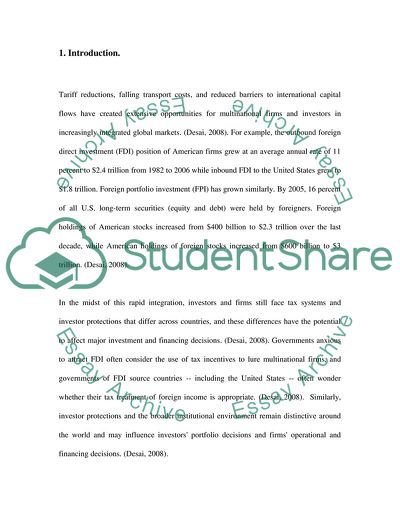Cite this document
(Financial Structure of Foreign Affiliates in China and Corporate Tax Case Study, n.d.)
Financial Structure of Foreign Affiliates in China and Corporate Tax Case Study. https://studentshare.org/finance-accounting/1716223-the-effects-of-international-tax-planning-on-offshoreinternational-financial-structures
Financial Structure of Foreign Affiliates in China and Corporate Tax Case Study. https://studentshare.org/finance-accounting/1716223-the-effects-of-international-tax-planning-on-offshoreinternational-financial-structures
(Financial Structure of Foreign Affiliates in China and Corporate Tax Case Study)
Financial Structure of Foreign Affiliates in China and Corporate Tax Case Study. https://studentshare.org/finance-accounting/1716223-the-effects-of-international-tax-planning-on-offshoreinternational-financial-structures.
Financial Structure of Foreign Affiliates in China and Corporate Tax Case Study. https://studentshare.org/finance-accounting/1716223-the-effects-of-international-tax-planning-on-offshoreinternational-financial-structures.
“Financial Structure of Foreign Affiliates in China and Corporate Tax Case Study”. https://studentshare.org/finance-accounting/1716223-the-effects-of-international-tax-planning-on-offshoreinternational-financial-structures.


